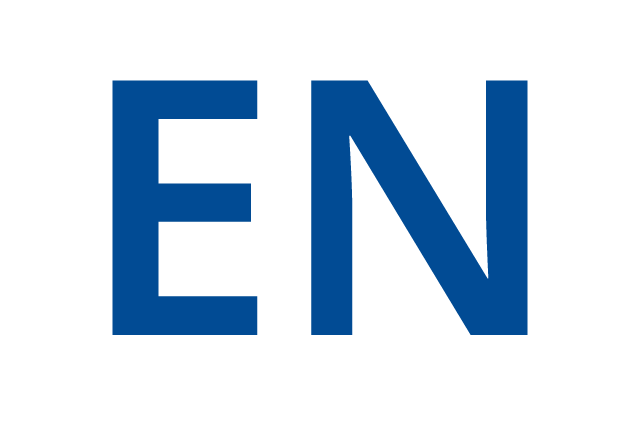
| Données Personnelles | Thématiques de recherche | Charges de cours | Publications |
GOLDAR DAVILA Alejandro



Unités
Automatique et analyse des systèmes
Les activités de recherche du SAAS sont essentiellement orientées dans deux directions: - la supervision et les systèmes de diagnostic (basés sur des modèles mathématiques) pour des système technique; - la régulation sous contrainte de systèmes dynamiques non linéaires avec l'accent sur les méthodes de type "reference governor" . Les méthodes développées sont appliquées à un large spectre de domaines: - production , distribution et stockage d'énergie électrique, - systèmes mécatroniques (drones et robotique), - procédés industriels.
Projets
LI-ION FAST & SAFE: SAFE AND FAST CHARGE OF LI-ION BATTERY
Fast charging is considered a key aspect for increasing the usage of Li-ion batteries, especially within applications where it is fundamental to reduce the downtown of the equipment due to charge (Electric Vehicles, Drones, Power and Gardening Tools, etc.). Most of the current commercial battery management systems (BMSs) available in the market make use of fast-charging options based on logic-based protocols without awareness of the battery dynamics that can dramatically reduce the lifespan of the battery in the long term. After more than 10 years of experience in the field, this spin-off project, funded by Innoviris and led by Alejandro, aims at improving the current commercially-available fast charging solutions with scientific findings in the area of model-based constrained control strategies. Thus, we develop, test, and validate low-complexity, optimization-free, and close-loop estimation and charging algorithms that reduce the charging time while diminishing the likelihood of an accelerated electrochemical and thermal degradation of Li-ion batteries. Our offer is built upon 4 pillars: 1. An accurate but simple characterization of the electrochemical and thermal dynamics of the battery (either a cell or a pack); 2. An estimation layer able to track the dynamics of the battery; 3. Charging-control algorithms that charger the battery as fast as possible according to the battery dynamics and considering the environmental conditions; 4. Extensive validations campaigns, using commercial batteries (Sony, Samsung, Panasonic, LG, etc): Such pillars are operative supported by more than 60 testing channels and covered by the patent WO2022189454 A1 (Fast-charge of a Li-ion Battery based on a state feedback on a reduced order electrochemical model).

